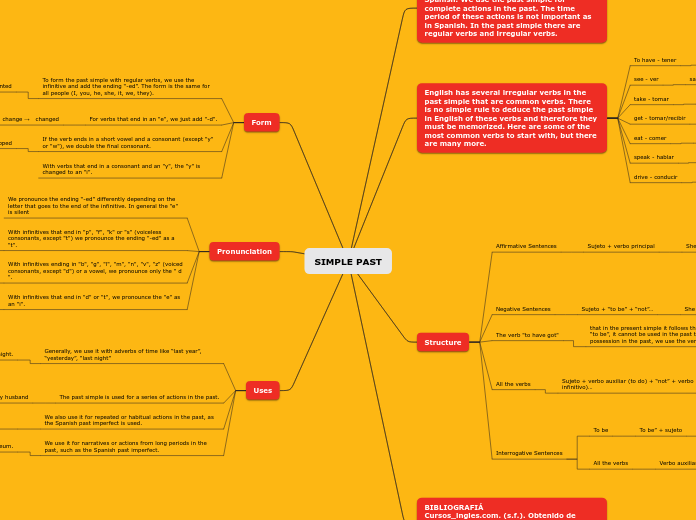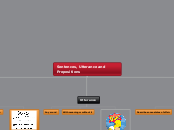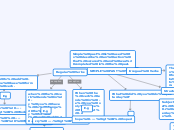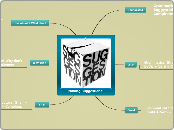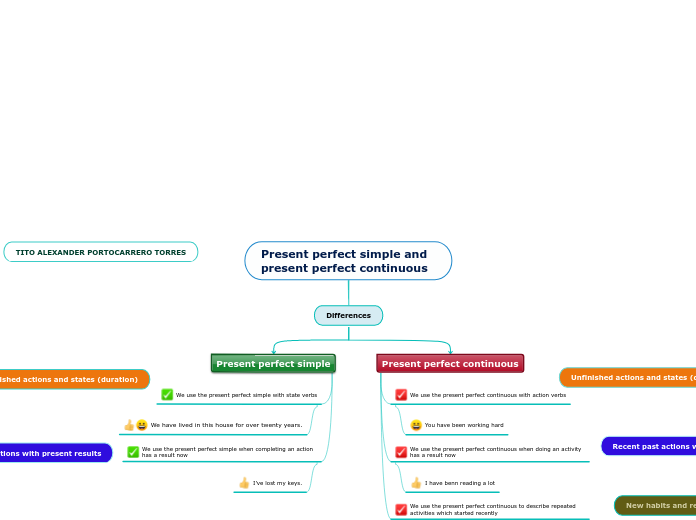door luis paspuezan 4 jaren geleden
890
SIMPLE PAST
The simple past tense in English involves specific rules for both regular and irregular verbs. For regular verbs, the past tense is formed by adding '-ed' to the infinitive form. Special cases include verbs ending in '
